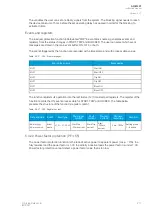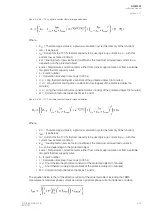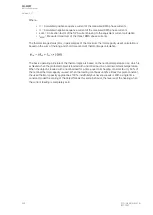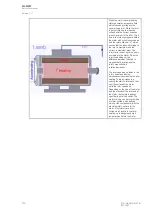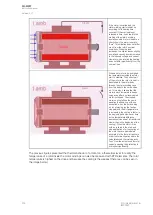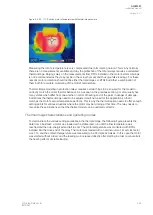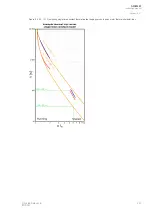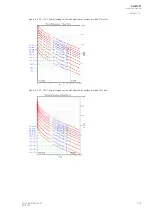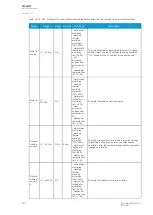
Once the motor has started and is
running with or without a load, the
heat generation is switched
between the rotor and the stator.
When the rotor's rotating is within
the range of the nominal slip, the
magnetic fields of the rotor and the
stator "cut" within the nominal
designed range and therefore the
voltage and the current it causes in
the rotor are also within the nominal
range. Now, when the motor is
loaded or overloaded while still
rotating, the generated overheating
is only experienced by the stator
(unless the load is so big that it
stalls the motor and the motor
thinks it is back at the start with a
non-rotating rotor).
The cooling of the motor with a
rotor shaft-mounted fan is
operational after the starting.
Additionally, the stator windings
conduct the heat generated in the
rotor during starting and into the
motor's body. This heat transfer
(rotor to stator, stator to body) also
depends on the masses of motor's
components. In big motors the
body can be slightly warm while the
rotor and/or stator have completely
melted because they have not been
able to transfer the heat quickly
enough into the body.
Table. 5.4.23 - 191. Motor heating during overloading and motor cooling.
The motor is said to be running in
its nominal temperature, when the
motor is run with a nominal load, it
has enough time for the
temperatures to stabilize (5 x time
constant) and the final
temperatures are reached. Now,
the heat transfer is stabilized and
the heat generated in the motor is
transferred to the surrounding air
and the temperatures of the
internal components are not
increasing any longer.
A
AQ
Q-M257
-M257
Instruction manual
Version: 2.07
© Arcteq Relays Ltd
IM00021
231
Summary of Contents for AQ-M257
Page 1: ...AQ M257 Motor protection IED Instruction manual...
Page 2: ......

